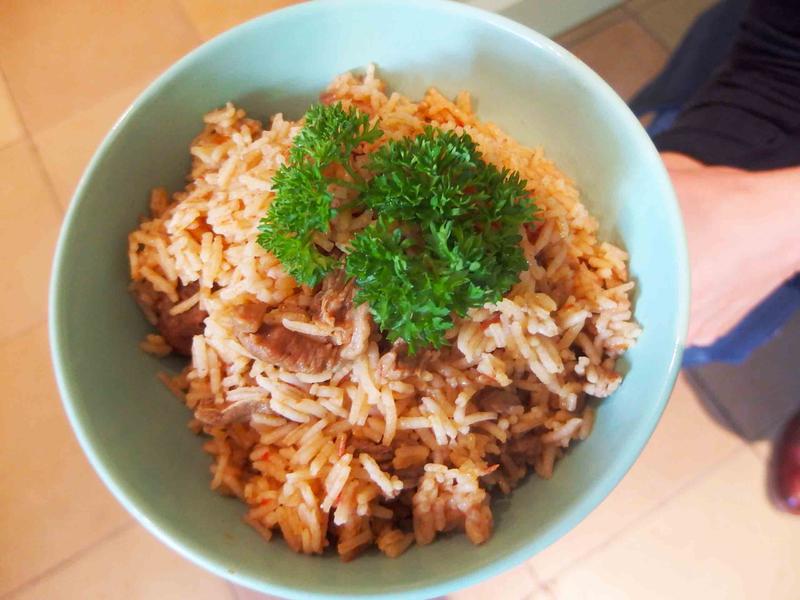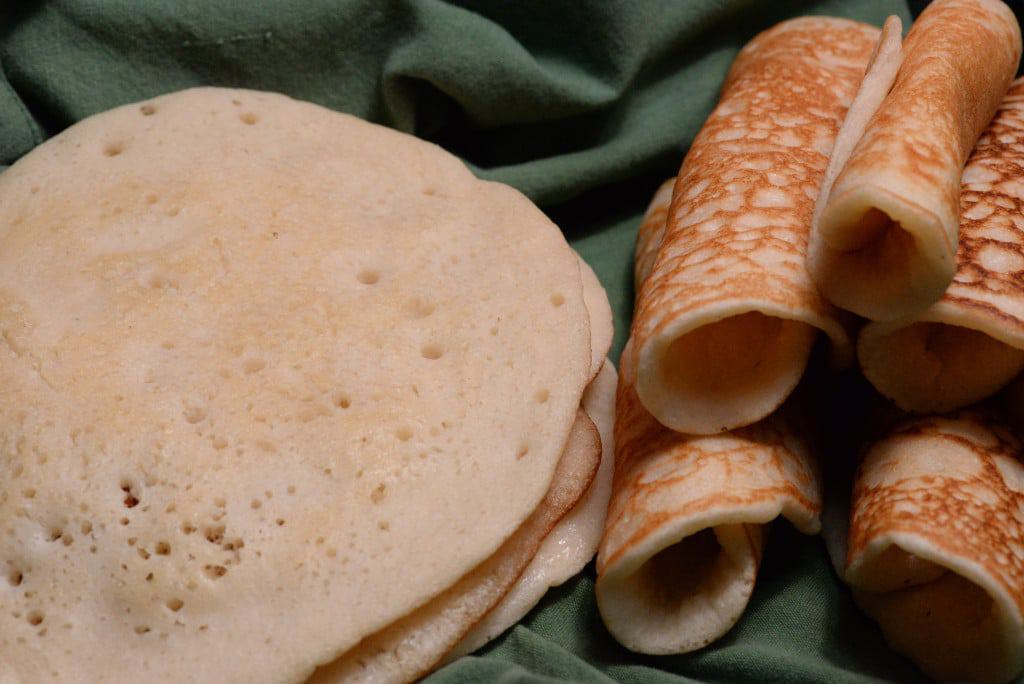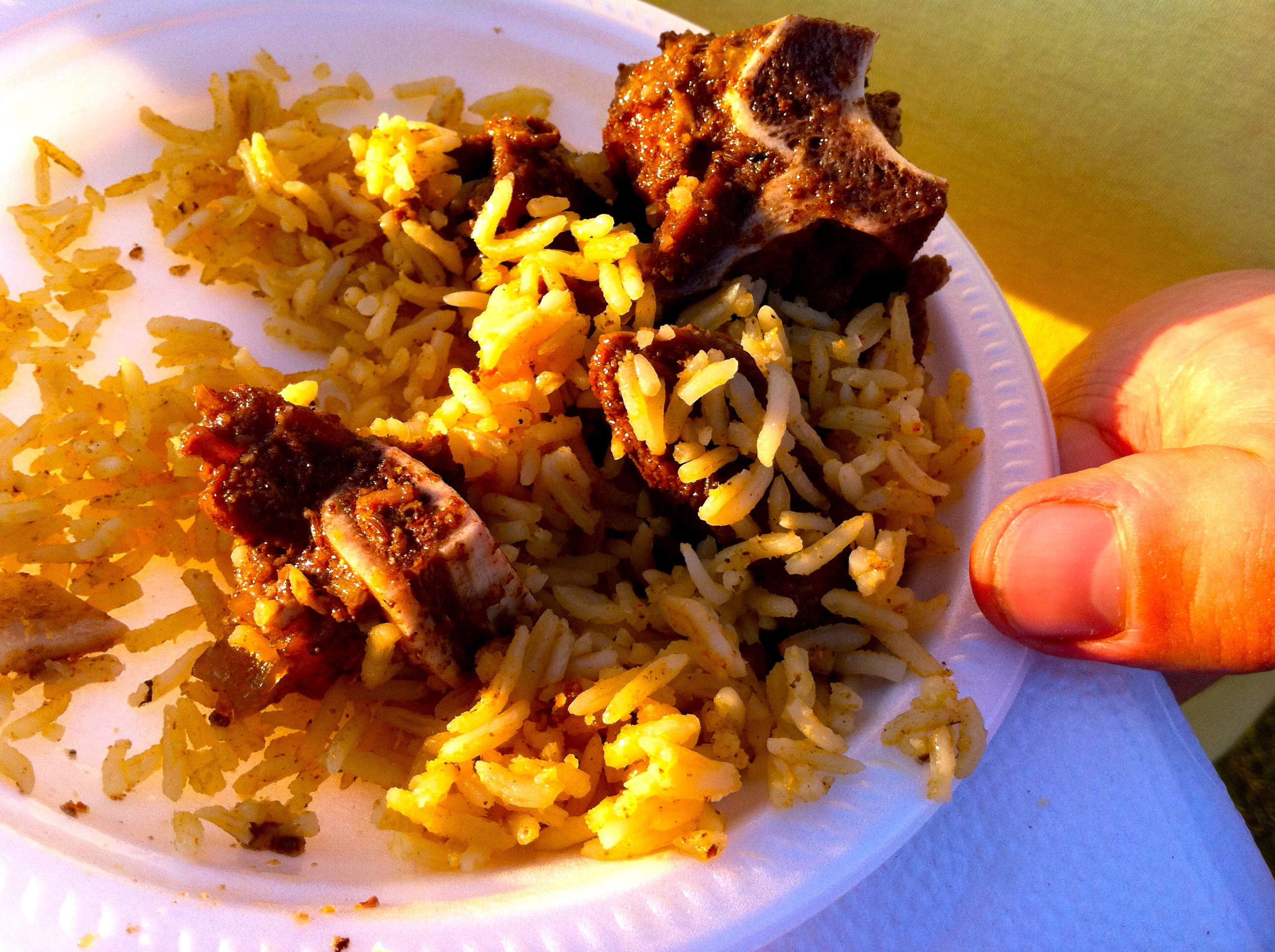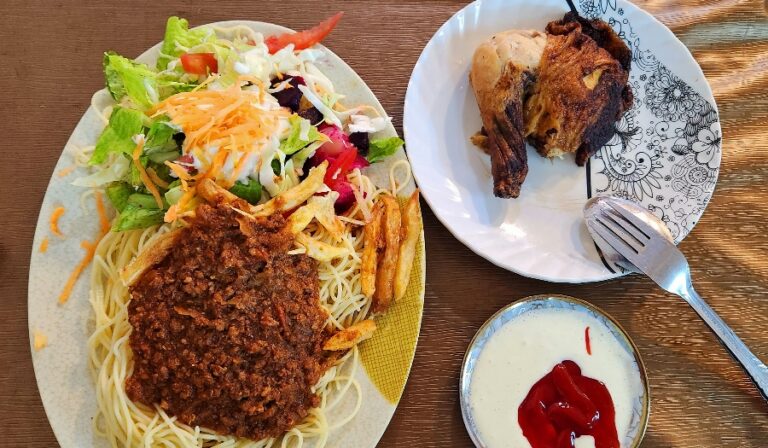Introduction: Djiboutian Cuisine
Located in the Horn of Africa, Djibouti is a small country that borders Eritrea, Ethiopia, and Somalia. Its cuisine is influenced by the Arab, French, and Somali cultures, resulting in a unique blend of flavors and spices. Djiboutian cuisine is known for its spicy meat dishes, stews, and flatbreads.
What is street food in Djibouti?
Street food is an essential part of Djiboutian culture and is often enjoyed by locals and visitors. Street vendors can be found in various parts of the city selling a variety of dishes that are affordable and delicious. Djiboutian street food is usually made with locally sourced ingredients and is cooked fresh on the spot.
Beignets: Sweet and Savory Delight!
Beignets are a popular street food snack in Djibouti. These deep-fried doughnuts are served either sweet or savory. The sweet version is coated in powdered sugar, while the savory one is filled with spicy meat or cheese. Beignets are usually eaten for breakfast or as a snack.
Lahoh: The Djiboutian Sourdough Pancake
Lahoh is a Djiboutian sourdough pancake that is typically served for breakfast. It is made with a mixture of flour, yeast, and water and is left to ferment overnight. The pancake is then cooked on a hot griddle and served with honey, butter, or jam.
Skoudehkaris: The Classic Djiboutian Dish
Skoudehkaris is a classic Djiboutian dish that is made with rice, meat, and vegetables. The dish is slow-cooked, allowing the flavors to meld together. Skoudehkaris is usually served with a side of hot sauce or chutney.
Fah-fah: The Djiboutian Soup
Fah-fah is a traditional Djiboutian soup that is made with meat, vegetables, and spices. The soup is slow-cooked and is often served with a side of flatbread. Fah-fah is a hearty and flavorful dish that is perfect for a cold day.
Cambaabur: The Djiboutian Qatayef
Cambaabur is a popular Djiboutian street food that is similar to the Middle Eastern dessert Qatayef. It is made with a thin pancake that is stuffed with a sweet cream cheese filling and then deep-fried. Cambaabur is often served during the holy month of Ramadan.
Conclusion: Exploring Djiboutian Street Food
Djiboutian street food is a must-try for anyone visiting the country. From sweet beignets to savory skoudehkaris, the street vendors offer a range of dishes that are both delicious and affordable. By exploring Djiboutian street food, you can gain a deeper appreciation for the country’s unique culinary heritage.










